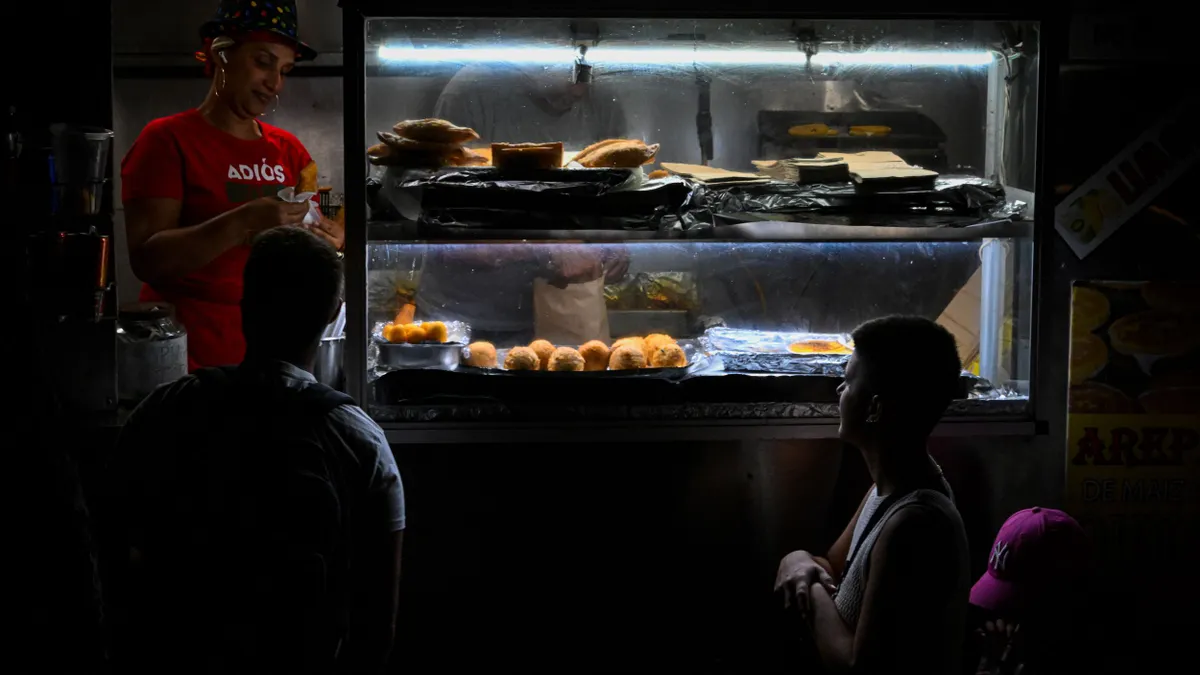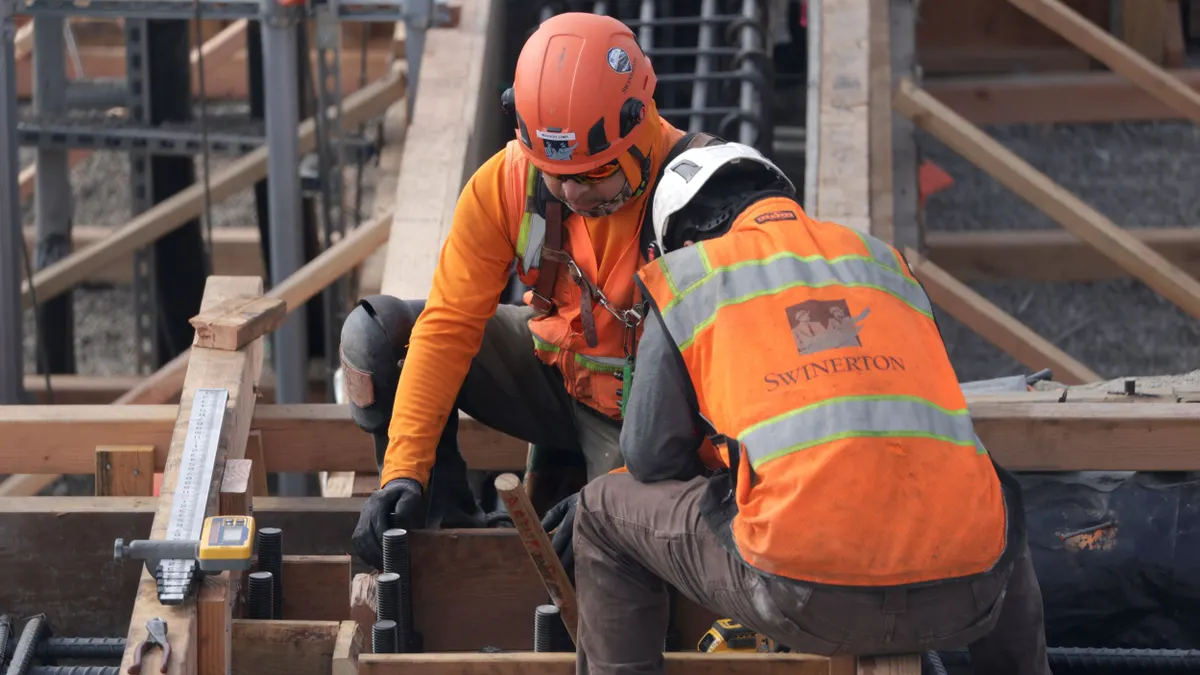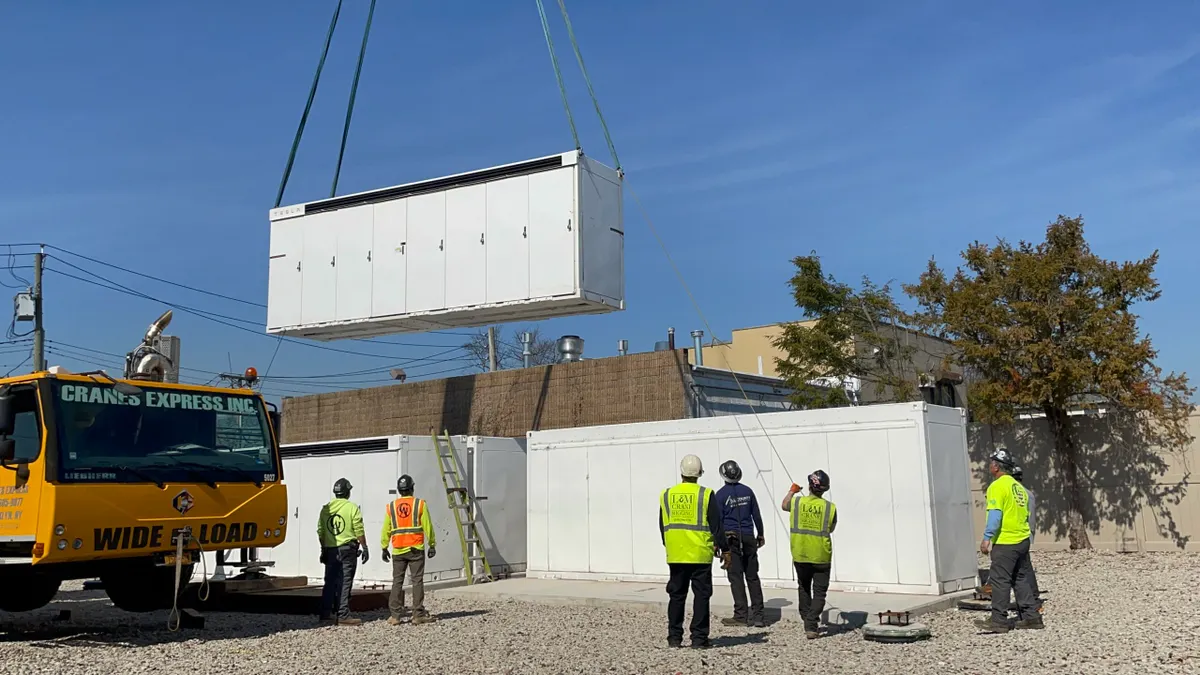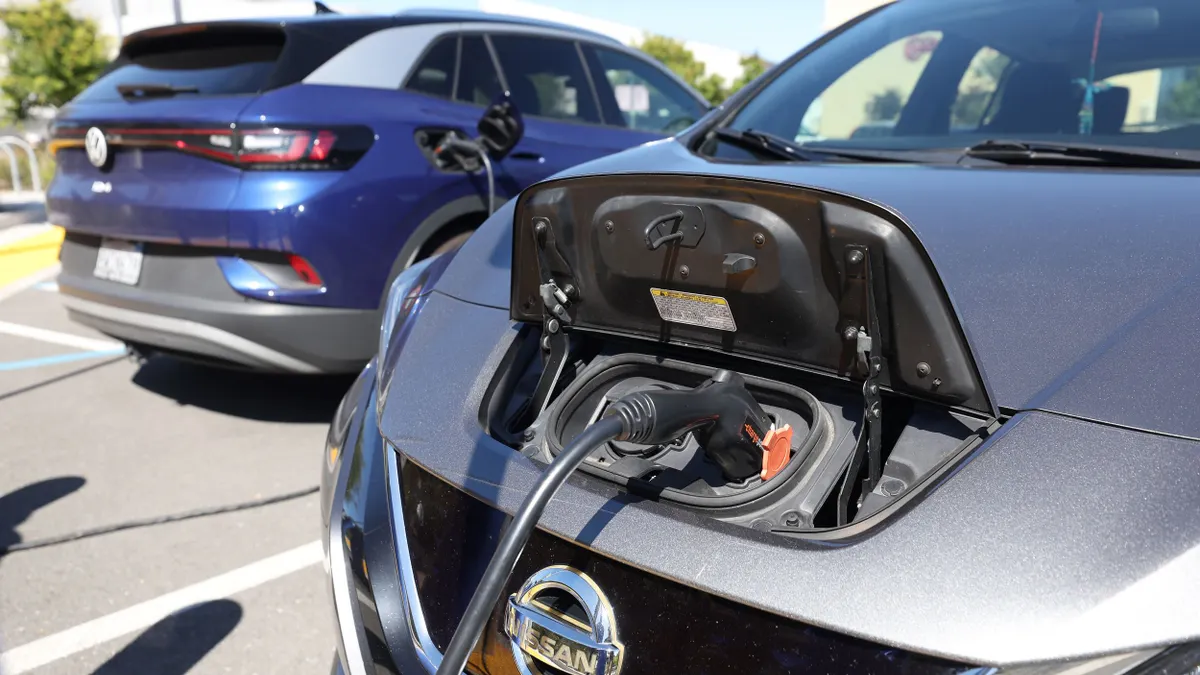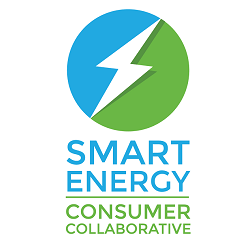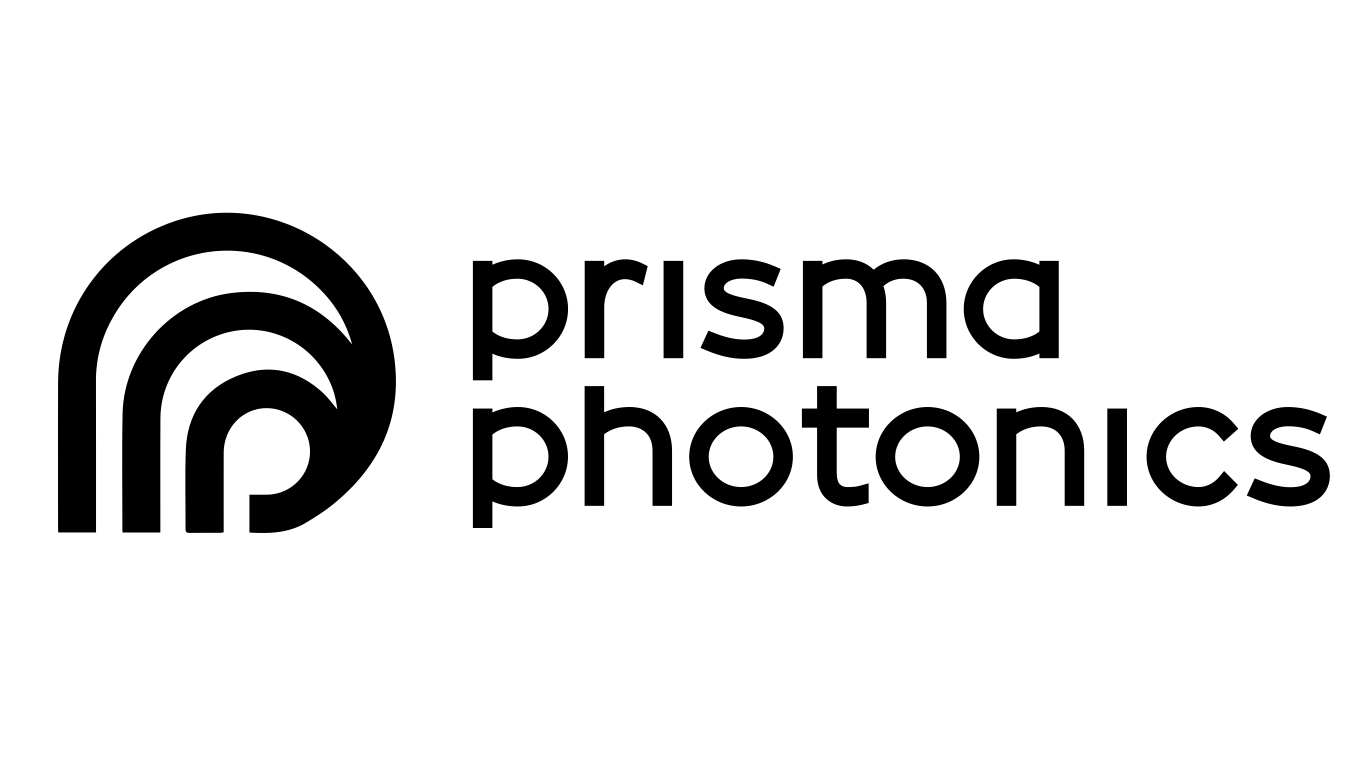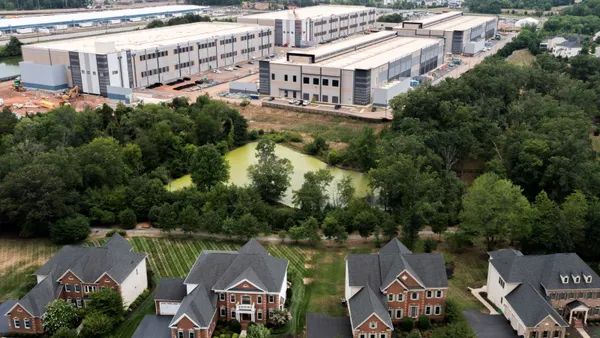Energy efficiency providers — including contractors, construction companies, utilities and community partners — are all searching for ways to keep employees working while the spread of COVID-19 disrupts what on-site work can be done. In some instances, they say changes made now will likely remain in place once the current outbreak subsides.
Efficiency audits conducted by video have so far helped municipal cooperative Energy New England (ENE) avoid laying off staff and officials say customer enthusiasm for the new approach may signal a permanent change in how business is conducted.
ENE provides efficiency services and other products to 25 municipal utilities in the Northeast and has been experimenting with "virtual energy audits" to keep workers on board and maintain a pipeline of projects for when the economy reopens. So far, the group has completed about 70 virtual home audits and is exploring offering similar services to small business customers.
"Who knows what the new normal will be," ENE President and CEO John Tzimorangas told Utility Dive. "This just adds another way we can do work that doesn't necessarily involve someone coming into your home."
ENE engineers use either Facetime or Google Duo to complete the audit. While it takes a bit more preparation to walk customers through the audit, they are also seeing more engaged responses from homeowners.
"The technology piece isn't for everyone, but those willing to do it are much more engaged," said Kristin Dupre, ENE's director of demand side management efforts.
So far, all homeowners who have completed ENE's virtual audit have indicated they intend to move forward with recommended changes and retrofits. The process typically takes between 45 and 90 minutes to complete, with the customer taking some measurements and capturing images that an efficiency engineer would typically do.
"We're trying to provide customers with both short-term and long-term strategies to reduce their energy usage," Dupre said, including behavioral changes to help manage bills now and a pipeline of work that can be completed once the pandemic subsides.
So far, ENE has managed to retain workers that specialize in efficiency work. But companies which do the actual construction work are facing bigger challenges.
Lime Energy told Utility Dive that the company has laid off two-thirds of its workforce, including 90% of its customer-facing employees and some back-office jobs as well.
"We're probably doing 10% to 20% of our normal output across the country," Lloyd Kass, Lime's senior vice president for utility strategy, told Utility Dive.
Some work has continued, particularly in the Midwest and Southeast, according to Kass. "But it's very rare," he said. Work is drying up and layoffs "are inevitable."
But Lime Energy is also trying to get creative. For instance, the company is developing new packages and products to roll out once work recommences, including "health- and hygiene-type services," Kass said. That could include anything from the installation of foot-operated door-openers to avoid handling high-touch points, to HVAC ionization units which help to clean building air systems.
"We are also experimenting with virtual energy audits," Kass said, though the offering remains in the test phase. "In some situations we find a willing customer to do a virtual walk-thru through. And we're trying some very simple lighting audits."
Local government responses
Some states and city governments are stepping in to help maintain the efficiency sector.
In Massachusetts, the state's Department of Energy Resources has suspended the majority of on-premise efficiency work but has also shifted to more remote and virtual procedures, including virtual home energy assessments and virtual pre and post inspections for projects.
The state's Mass Save program is offering virtual home energy assessments through its vendors for residential customers, and is looking into options for virtual small business audits, DOER spokesperson Eric Noreen told Utility Dive in an email.
Mass Saves is also waiving the co-pay and offering free trainings for the contractor community to continue to strengthen the workforce and keep contractors engaged, and is identifying measures and projects that can be re-initiated when determined appropriate.
Seattle City Light has also been taking steps to ensure efficiency contractors get paid for work completed or in progress.
"That's one of our biggest priorities," Lori Moen, Seattle City Light manager of solutions design and management for customer energy solutions, told Utility Dive. "We're looking at projects we believe to be awaiting or close to payment, and we are trying to expedite that. We know cash flow is a big deal and we have the budget."
In some instances, work is being verified through video or photographs, or screenshots of energy management system outputs. Images from Google maps have been used to verify pre-existing conditions of buildings.
Despite the "creative" efforts, Moen said Seattle is forecasting a 7% reduction in energy savings expected this year. However, she also said that reduction could be made up in the future if federal legislators are able to include efficiency measures in upcoming stimulus efforts.
Seattle typically covers 50% to 70% of the upfront cost of efficiency work. Federal funding could push that to 100%, similar to what was done during the Great Recession, said Moen.
Efficiency industry advocating for federal assistance
Almost 60% of the energy efficiency labor force, or about 1.3 million jobs, are in construction, according to Ben Evans, the Alliance to Save Energy's vice president of public affairs. "Many of those jobs are disappearing," he told Utility Dive in an email.
"We don’t have a firm count because it’s happening so quickly and it’s such a decentralized sector with thousands of small businesses involved, but we’re hearing constant reports of layoffs and furloughs," Evans said.
On April 9, ASE and more than two dozen other organizations sent a letter to federal lawmakers in support of expanded tax incentives for homeowner efficiency improvements — as was done in 2009 and 2010 during the United States' major economic downturn. Expanded investment in the federal Weatherization Assistance Program could also help, the groups noted.
"Efficiency investments like these and others — including in state and local activities through the State Energy Program, or in public buildings and other mission critical facilities, or in residential and commercial buildings — could go a long way in getting the economy moving again while make significant progress in addressing infrastructure needs," the groups told lawmakers.
There was no support for clean energy in the $2.2 trillion COVID-related stimulus package President Trump signed in March, but a new package is currently being discussed on Capitol Hill.
"Strong policy like tax incentives or increased federal funding could give this sector some hope that it can restart quickly once the shutdown is lifted," Evans said.






